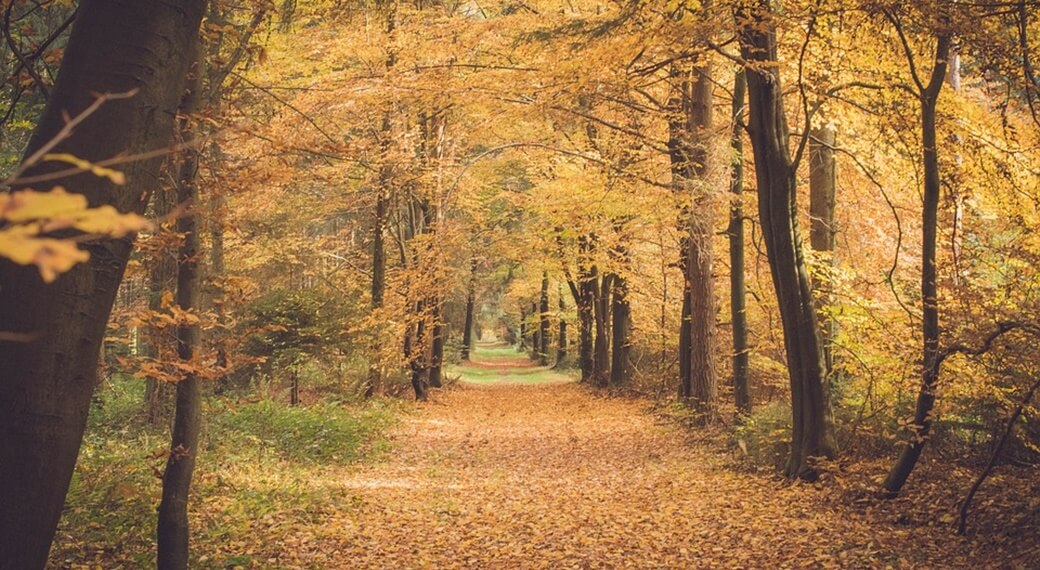
Michigan State
This state lies in the mid-west region of the United States, and it borders the four Great Lakes. It boasts of more than eleven thousand inland lakes, which are great for fishing.
Forests therein
Michigan is a truly blessed state when it comes to the aspect of woods. This region, covering an area of thirty-six million acres, boasts of forest coverage in twenty million of those acres. That is coverage of more than half of the state, which cannot get said of most states in the country. Thanks to this amount of trees in this state, it gets classified as one of the most forested regions in the country. Out of these twenty million acres of forests, an average of sixty percent is owned by individuals. That leaves forty percent for use by the public. As such, Michigan has eight million acres which its population can use for an extensive range of activities such as hiking and fishing, making it an excellent destination for outdoor activities. You can head to Michigan for a fun time where you get to explore its three wondrous national forests, three exhilarating national parks, two wildlife refuge centres as well as two million acres set aside for recreational activities such as fishing. Recreational facilities in the Michigan national forests get offered to the public through their DNR system which gets commercially geared. Have you heard of the ‘Porkies’? Well, this is a place that you must visit when you are in Michigan. It is a sixty thousand acre land filled with forests and the Porcupine Mountains.
Trees that grow in Michigan
When you are in Michigan, you are bound to come across hundreds of different species of trees. Most of them are native to the land where others are shrubs. Private landowners also plant a diverse variety of trees for their commercial uses. What trees are most common in this region? Check the list that the Michigan foresters provdied us with.
White Oak - This species is known scientifically as Quercus alba, and it grows to a height of sixty feet. It starts off with a pyramid look at a young age then rises to its full form where its branches spread out. Its leaves have a dark green colour which changes to red during fall. They are lovely to look at during the fall season. This tree differs from other oaks in that it grows at a slower rate and it is hard to transplant it from one area to another. Its great features are that it can survive on various kinds of soils and it is less susceptible to diseases. Insects also tend to stay away from it.
Bur Oak - Another tree you are likely to come across is this oak which is known as Quercus Macrocarpa. It grows to a height of between fifty to seventy feet, and it is a robust species. You can plant it in any weather conditions, and it does not need a shade for it to grow well. Its leaves are brownish yellow during the fall. The good thing about this oak is that it can survive in the polluted environments in urban areas.
Black Gum - The Nyssa Salvatica grows to a full height of between thirty to forty feet, and it takes quite a long period to develop. During autumn, its leaves can either be scarlet or yellowish. It provides fruits which feed both birds and squirrels. Planting this tree will not give you a hard time as it requires little maintenance and can survive in varied weather conditions and soil types.
Agriculture in Michigan
Michigan State derives an average of one hundred billion US dollars from agricultural production on an annual basis. The agriculture sector employs hundreds of thousands of people from the state, and this accounts for an average of twenty percent of all employed people. Commodities produced in the region are over three hundred, and they include cucumbers, blueberries and dry beans. The excellent climate in the region provided by a large number of forests contributes to this incredible level of agricultural production.
Threats to Michigan Forests
Forests in Michigan get exposed to some factors which threaten their existence, but everyone is doing everything possible to conserve its nature. Such factors include pests and diseases such as the Asian long-horned beetle, the oak wit, beech bark disease, hemlock woolly adelgid and the emerald ash borer. Authorities are working on ways to control the spread of these pests and conditions as they find long-lasting treatments. There is also the risk of increased human invasion of forest lands as people seek to get more land for residential and commercial uses.
Wildlife in Michigan - You will find all types of animals in the forests ranging from amphibians, mute swans, feral swine, birds, fish, crustaceans, insects to mammals. It is a great place to unwind as you learn more about nature. Our forests enable us to have a fantastic climate which allows the success of our agricultural production. On top of that, we also get timber for various uses. Visit us soon and be at one with nature.
